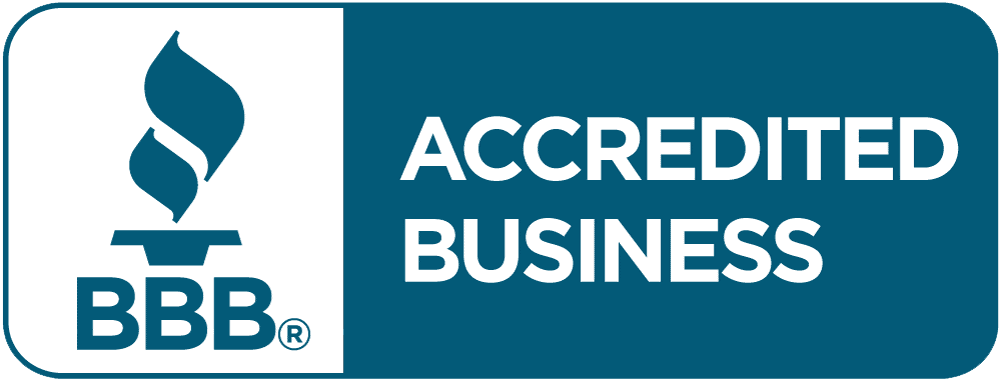Roofing Maintenance Tips for Lasting Roofline Results
The roof is the armor of a home. It’s the home’s first defense against the wear and tear weather can inflict.
Maintaining your roof not only helps to prolong the life of your roof but also helps maintain the integrity of your home as well. The benefits of a well-maintained roof keep you safe from the rain and warm through the winter.
Once you see any signs of damage or obstruction, you need to act quickly, before the problem escalates. Even if the problem seems minute, don’t let it go ignored. The smallest imperfections can result in major costly repairs and even make a home inhabitable.
One thing to note is that if you live under a flat roof as opposed to a pitched roof, you will need to take more measures to maintain your roof since a flat roof does not allow debris and snow to roll off with ease.
Here is a roofing maintenance checklist to make your roof last longer.
1. Do a General Home Inspection
First, if you’re wanting your roof to last decades, you need to inspect your roof on a regular basis. At least once every season give your roof a good look over, to ensure everything is in order for the new change in weather. Especially, during fall before the extreme cold weather kicks in.
What you need to pay attention to:
- Any cracks and other points of breakage
- Inspect the ceiling inside your home for any signs of damage and watermarks
- Any rust found of metal installments
Doing a general self-inspection can help save time and money, as you can let your professional roof contractors know what needs tending to before they begin working on your home.
2. Clean the Gutters
Especially before winter, you need to make sure your gutters are completely cleared.
How to do DIY gutter cleaning:
- DO NOT attempt to clean from standing on the roof
- Use a ladder for cleaning your gutters and have buckets hanging off to place debris in
- You will need a trowel or any similar tool to dig out the debris
- The best place to start cleaning is the downspout, and continue from there
- End by checking the drain and removed the pipe to allow any blockage to clear
- For finer materials, a hose can be used to flush them out
If you are unable to clean your gutters on your own, don’t hesitate to call in the professionals to get the job done and keep your home safe and ready for winter.
3. Replace Blistering Shingles
Blistering shingles can be as small as an eraser head or as large as a toonie. Either way, it’s important that you address these imperfections as soon as possible.
There are two main reasons why shingles blister. One is that there is trapped moisture under the shingles. Two are from poorly ventilated roofs. Either way, when you start to see holes and discoloration in the granules, it’s time to act.
Once the shingles are damaged, even if slightly, you open your home to further damage.
4. Remove Leaves
If you live in a dry/desert environment, this may not be a problem. However, for colder, rainier climates, fallen leaves can build up and clog your roof on a weekly basis. Even if you have gutter guards installed, fallen leaves can still be an issue.
Especially during the fall months, clearing the leaves from your home on a weekly or even daily basis can significantly help keep your home running smoothly.
It’s an easy job. All you need is to run your leaf blower over your home and mulch the leaves into your garden or bag them up so that the wind doesn’t blow them back onto your home.
5. Get Rid of Moss
Patches of green moss growing on your roof may look rustic, but can also shorten the roof’s lifespan.
Moss starts to grow on top and in-between the shingles. Over time, the moss will lift the shingles, allowing water to seep through and damage the inside of your home. This process can even contribute to rotting the wood that holds up your home.
To address a moss growth problem, you will need to scrub the moss off. Do not use a pressure washer for this, as it can cause further damage to the roof shingles.
If the problem persists and the moss grows back, you will need to use a moss cleanser or spray your roof with a metal-based coating to prevent the moss from returning.
6. Trim Overhanging Branches
When tree branches reach the home and start to grow over the top of the roof, your home becomes more vulnerable to roof damage and extreme weather damage.
If overhanging branches are left unmaintained, nature will take its course and the branches can penetrate and start to grow into the roof.
Especially for homes located in wildfire zones. Overhang branches allow wildfires to access the home with ease.
One thing to keep in mind when cutting overhanging branches is to cut them into small pieces to prevent large heavy branches from potentially falling on your roof causing more damage.
7. Hire a Licensed Roofer
You may need help from a professional for bigger jobs like installing and repairing roofs. Additionally, if you can’t remember the last time your roof was inspected, it may be time to get a professional roof inspection to ensure your home is in tip-top shape.
Learn more about the benefits of hiring a professional roofer for maintenance and repairs.
Conclusion
It’s easy to forget to pay attention to your roof until the damage becomes noticeable inside your home. However, being proactive and giving your roof some surveillance and care can help you get the most out of your roof. And if you can’t find the time for your roof, there are always professional roofers here to help take tedious tasks off your plate.




